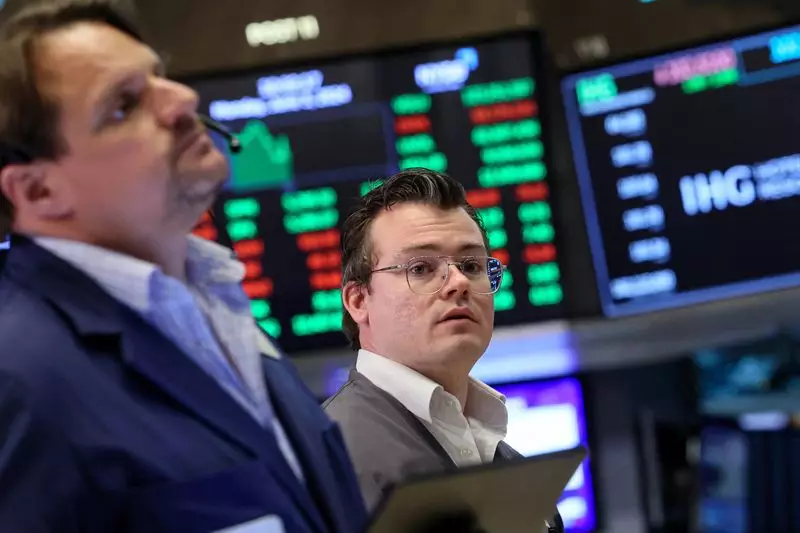The dollar faced a sharp decline against the yen for the second consecutive day, prompting speculation of Japanese intervention in the currency market. The global equities index, on the other hand, saw a rise as investor attention shifted towards potential interest-rate cuts by the U.S. Federal Reserve. Despite the producer price index (PPI) report showing higher-than-expected price gains in June, investors seemed more focused on the lower-than-expected consumer price index (CPI) report from Thursday. This boosted expectations of rate cuts by the Fed starting in September, causing a significant market reaction. Market analysts, however, pointed out that the PPI tends to be more volatile and is thus being overlooked by investors at the moment. The University of Michigan’s survey revealed a decline in U.S. consumer sentiment in July, but the focus remained on the improving expectations for inflation in the coming year and beyond.
The second quarter of earnings season commenced with the S&P 500 bank index underperforming the broader market due to uninspiring results and guidance from major U.S. banks. Despite the lackluster start, portfolio managers like Celia Hoopes at Brandywine Group expressed hope for more clarity as the season progresses. On Wall Street, the Dow Jones Industrial Average closed higher, accompanied by gains in the S&P 500 and the Nasdaq Composite. The MSCI’s All Country World Price index also experienced a notable rise, heading towards another record high close. In Europe, the Stoxx share index ended higher with the potential for a second consecutive week of gains after hitting its highest level since June.
In the currency market, the yen surged to nearly a four-week high against the dollar, prompting concerns about possible intervention by Japan. Reports suggested that Japan may have intervened to support its currency as it approached its lowest level in decades. Market analysts like Steve Englander from Standard Chartered Bank NY Branch speculated that such interventions could continue to keep the market uncertain. The dollar weakened against the yen and the euro, with the dollar index falling against a basket of currencies. Sterling saw strength against the dollar, reaching a high not seen in almost a year after remarks from Bank of England officials and positive GDP data, reducing expectations for an August rate cut.
Treasuries experienced lower yields, with the 2-year yield reaching its lowest level in months. The benchmark U.S. 10-year notes also saw a decrease in yield, indicating a shift in interest rate expectations. Meanwhile, global oil prices declined as investors weighed concerns about weaker consumer sentiment against optimism around potential rate cuts by the Federal Reserve. Gold prices remained relatively stable after a recent rally, continuing their upward trajectory driven by expectations of rate cuts in the U.S. market.
The financial markets have been reacting to a mix of factors including Fed interest-rate cut expectations, earnings reports, and currency market maneuvers. Market uncertainty prevails as investors navigate through various signals to determine the future trends in the economy. The impact of these developments remains to be seen as market participants adjust to changing conditions and emerging opportunities.

